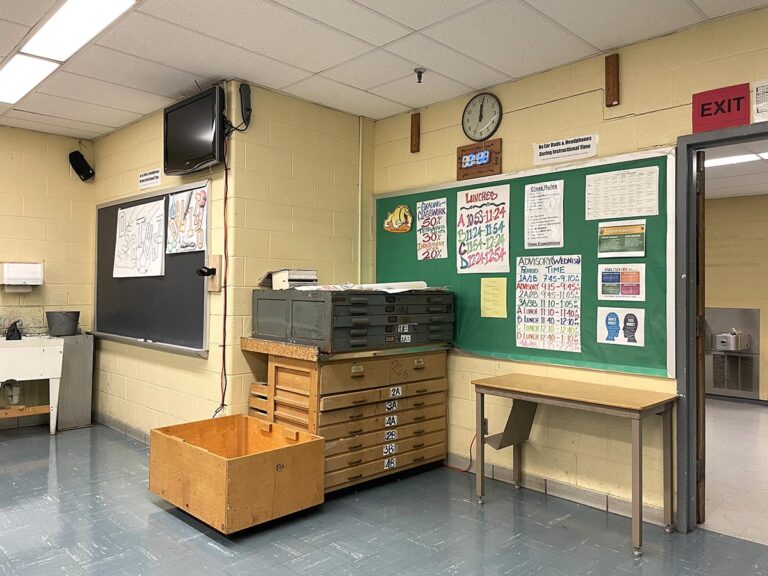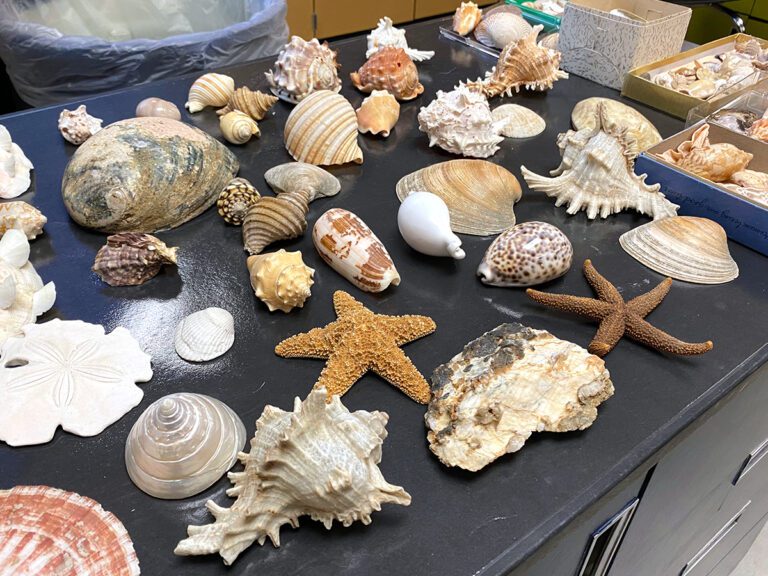Lists can be an essential part of ensuring you are as productive as possible. But your lists are also just like teaching…never-ending and always filled with more to do.
You have to remember to keep yourself accountable for posting that new virtual art lesson, collect images for your digital art show, wash your masks for next week, and don’t forget to decide what to make for dinner. The lists seem to go on and on.
And if you’re anything like me, your “to-do” lists are scratched onto seven different sticky notes, written in crayon on a scrap of old construction paper, or living at the bottom of your teacher work bag, never to be seen again.
So, how can you make useful lists that genuinely work for you?
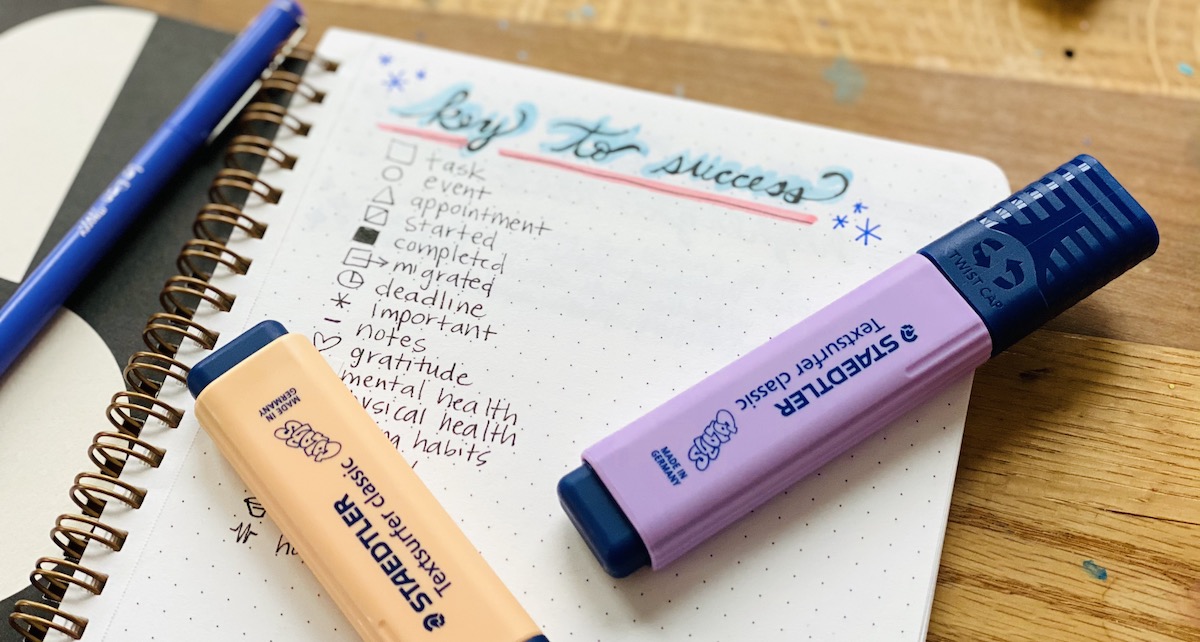
Making lists that actually work for you begins with a little reflection. I know it seems silly to take a deep look into your list-making practices, but you may find you can lower your stress with a few simple tweaks to how you create your endless to-do’s.
Simple Strategies to Finally Get Your To-Do List DONE
Try these tips for creating useful lists to up your productivity and lower your stress:
1. Pick your preferred method.
First, you’ll want to decide if you want to stick to making your lists digitally, manually, or a combination of both. Personally, I have a few lists on a list app on my phone to help me keep track of things like groceries or art supplies I want. However, research suggests the act of physically writing things down is cathartic and will often help you remember items more successfully. Therefore, I’ve transitioned to creating and maintaining most of my lists manually, in written form.
2. Reframe your list-making as artmaking.
Bust out your colored Flair pens and highlighters. It’s time to practice various lettering, fun illustrations and icons, and some amazing color coordination. This is not a necessary step into creating useful lists, but it may be a fun way to amp up your own engagement in the list-making process.
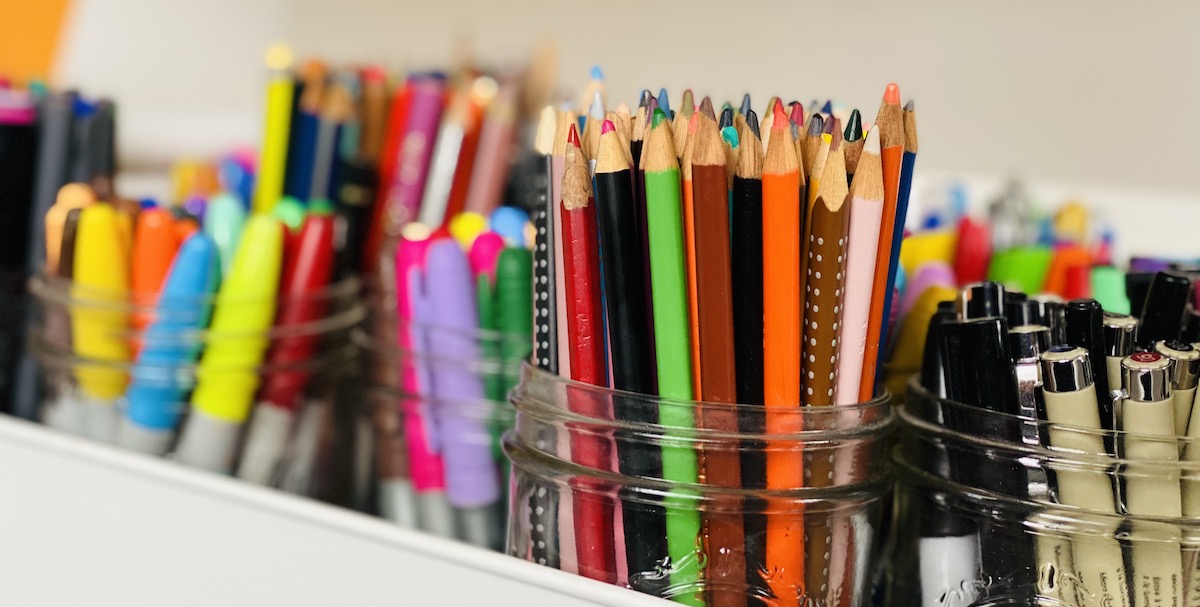
You may want to investigate the analog list-making phenomenon of bullet journaling. Instead of looking at your to-do list as a dreadfully stressful piece of paper, you can reframe your list-making practices as an all-encompassing artful journal, such as the work of Amanda Rach Lee.
3. Separate lists by categories.
Keeping a jumbled list of all the things you want to accomplish is an invitation for stress. Try separating your lists into categories such as self-care, housekeeping, school, computer work, and so on. This way, you can more appropriately plan your time by seeing all related tasks together in one place. You may also want to create lists with large umbrella topics such as a master list, weekly list, and a time-sensitive list to categorize your tasks better.
4. List a few consistent items that repeat daily.
Think of the things you do every day, or at least want to do every day. For example, make a spot on your list to record something you are grateful for each day, encouraging you to focus on positivity. Or, keep it simple and write down a task such as “feed cats” that you need to do every day, but that will also give you a sense of accomplishment when you cross it off.
5. Move incomplete tasks to a later date.
Instead of beating yourself up for not crossing off everything on your list, retrain that brain of yours to celebrate moving items to a later date. It’s not that you didn’t “complete the task,” it’s that “it wasn’t a priority to do today.”
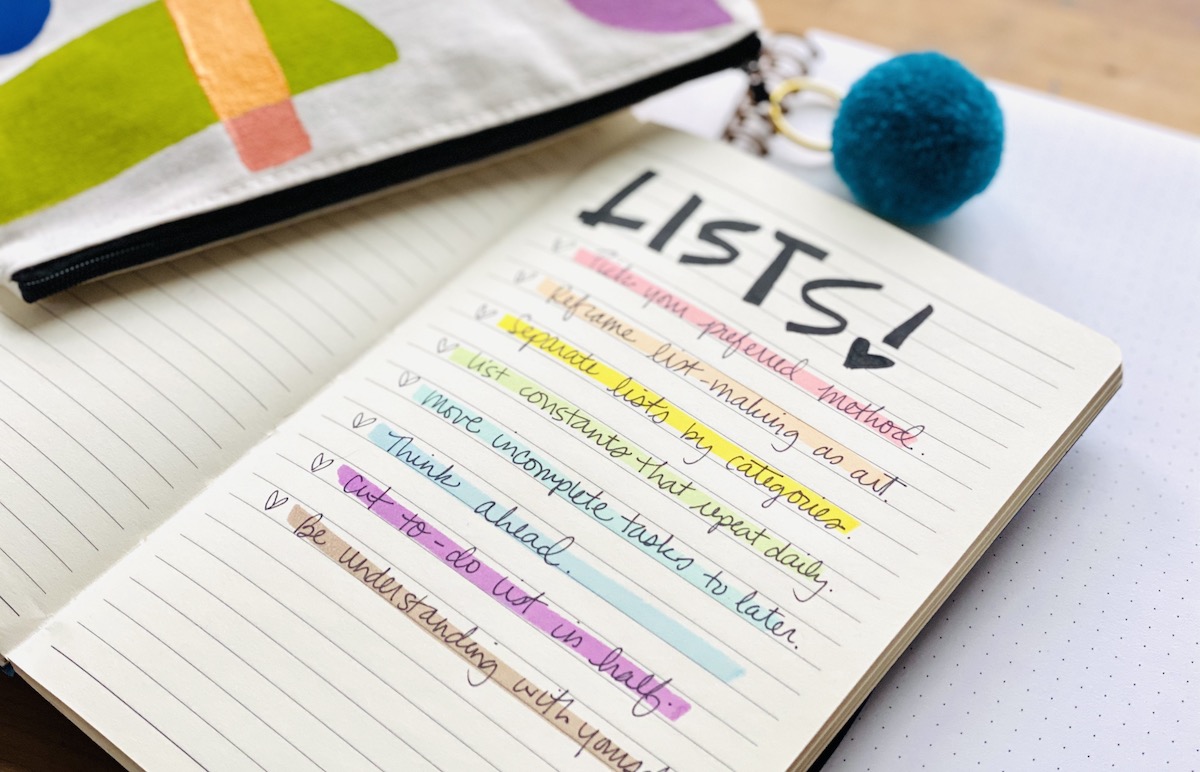
6. Think ahead.
Making a to-do list is like meal-prepping. You are intentionally alleviating your mental capacity to remember and keep track of all the things you need to do. You are also setting yourself up for success. If you can think ahead, make yourself a doable list for the next day, the night before, so you can simply wake up and “make the meal.”
7. Cut your to-do list in half.
I know this seems a little ruthless. But, if you really think about it, often wishful tasks end up on your to-do list, and then when you don’t complete them, you feel unsuccessful.
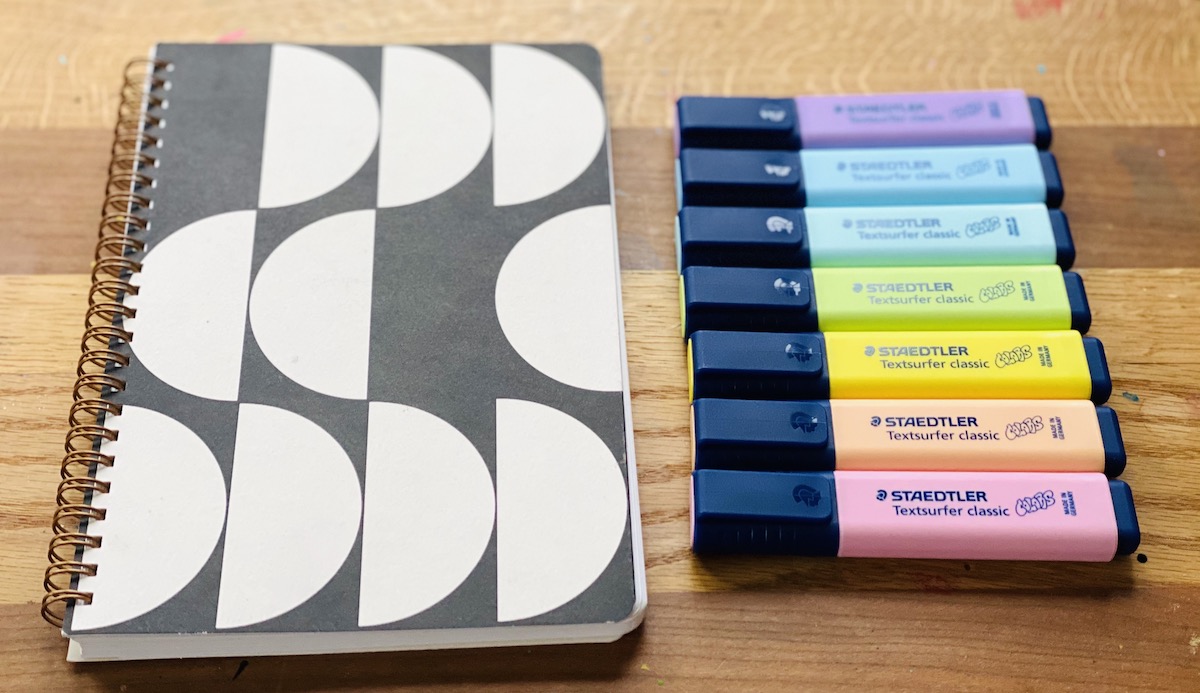
The baseline of what you can accomplish is already lower than usual because you are teaching during a pandemic. Find resources regarding teaching in a pandemic to help alleviate some of that stress. Reducing the number of items on your list will make it more manageable. So, be ruthless. Ask yourself, what two things do I need to get done today?
8. Be understanding with yourself.
So, you didn’t get everything done on your list? That’s okay. So, you have jumbled lists in nine different places? That’s okay, too. Just like everything, it takes practice to find a system that works for you. Right now, you have a lot on your plate. Holding yourself to a rigid list isn’t going to help you move forward. Giving yourself the grace you need to accomplish what you can will help you focus your energy on what’s next.
Lists are handy tools. They take the strain off your brain and help you focus in the moment. It’s important to take time to reflect and think about what you want your lists to do for you. Eventually, you can turn your lists into “art teacher assistants” and make your lists work for you.
What helps you be productive?
What is your favorite list-making digital app or physical notebook?
How can you teach your students to use lists to their advantage?
Magazine articles and podcasts are opinions of professional education contributors and do not necessarily represent the position of the Art of Education University (AOEU) or its academic offerings. Contributors use terms in the way they are most often talked about in the scope of their educational experiences.




